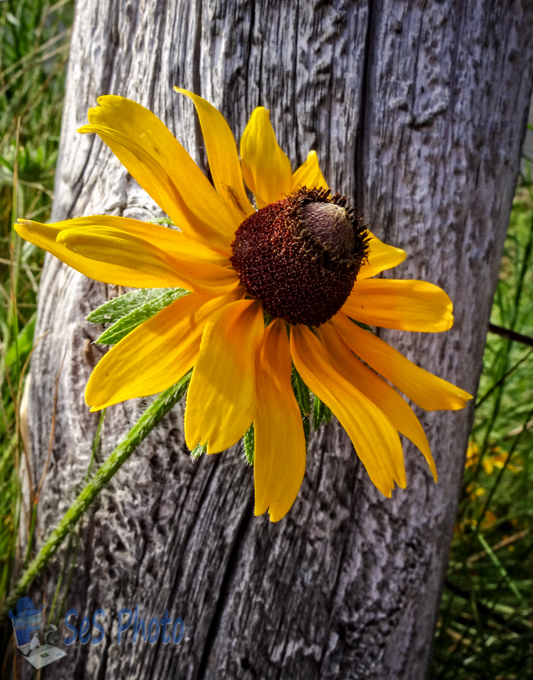The fields and ditches are in pretty yellow color with the Black-eyed Susans blooming and even a lone flower is a lovely sight. Rudbeckia hirta, commonly called black-eyed-susan, is a native flower to the Eastern and Central North America and naturalized in the Western part of the continent. Members of the sunflower family, the “black eye” is named for the dark brown-purple centers of its daisy-like flower heads.
But who was Black-Eyed Susan for which the flower was named for? The legend says it all comes from an Old English poem of the post-Elizabethan era entitled simply, “Black-Eyed Susan,” written by a very famous poet of the day named John Gay, 1685-1732. The first part of the poem reads like this.
All in the downs, the fleet was moored,
Banners waving in the wind.
When Black-Eyed Susan came aboard,
and eyed the burly men.
“Tell me ye sailors, tell me true
Does my Sweet William sail with you?”
Lonely Black-Eyed Susan


